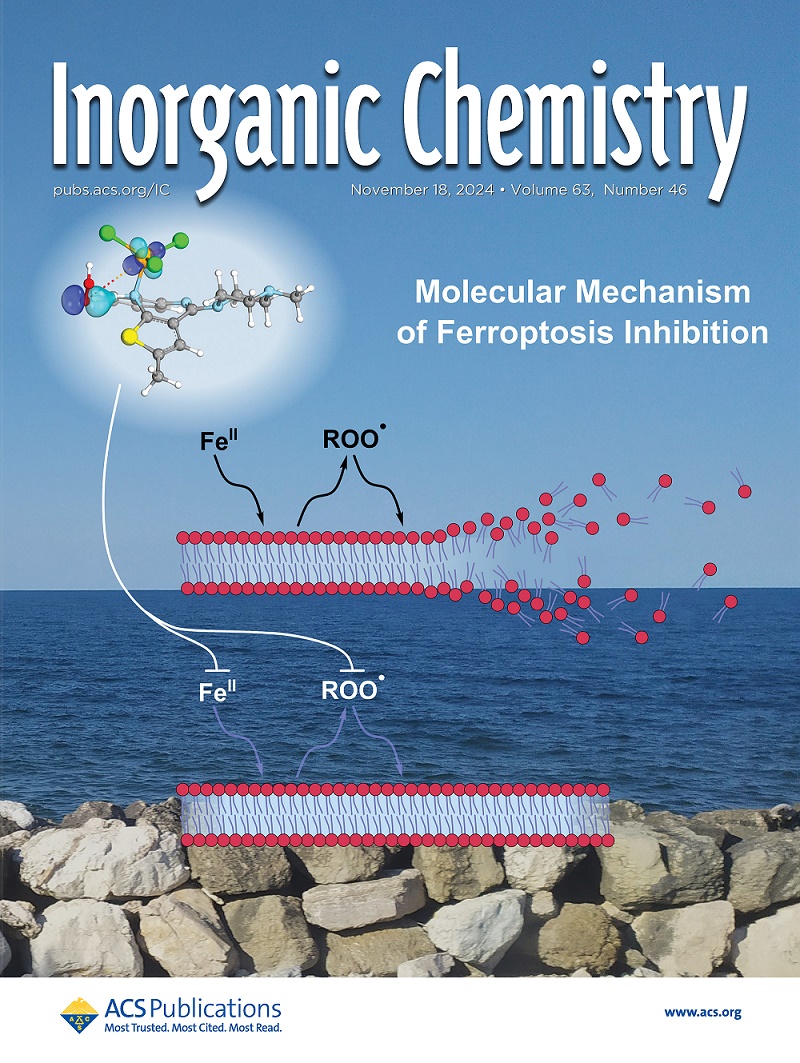Examining Order–Disorder Structural Transition of Gd2Zr2–xCexO7 Using Synchrotron Techniques
IF 4.3
2区 化学
Q1 CHEMISTRY, INORGANIC & NUCLEAR
引用次数: 0
Abstract
Depending on the radius ratio of A and B site cations, A2B2O7-type oxides can adopt different crystal structures, including the pyrochlore-, defect fluorite-, or bixbyite-type structures. Gd2Zr2O7 with a rGd3+/rZr4+ ratio of 1.46 is an example that exhibits a polymorphic transition between the pyrochlore- and defect fluorite-type structures. To delve deeper into these polymorphic transitions, Ce was introduced as a substitute in the B-site of Gd2Zr2O7. Gd2Zr2–xCexO7 (0 ≤ x ≤ 2) was synthesized using a coprecipitation method and annealed at 1400 °C. Previous investigations yielded disparate results regarding the structures adopted due to the challenge of detecting the low-intensity superstructural peaks associated with the pyrochlore and bixbyite structures using conventional lab-based X-ray diffraction (XRD) instruments. Utilizing synchrotron XRD with a high signal/noise ratio resolves these contradictions and aids in the structure analysis for Gd2Zr2–xCexO7. Based on synchrotron XRD data, a combination of defect fluorite and pyrochlore phases was observed for x = 0–0.25, the defect fluorite structure was adopted when x = 0.5–1.75, and the bixbyite structure was observed when x = 2. Ce L3 and Zr K-edge X-ray absorption near edge spectroscopy (XANES) spectra revealed that both cations were present in 4+ oxidation states.

求助全文
约1分钟内获得全文
求助全文
来源期刊

Inorganic Chemistry
化学-无机化学与核化学
CiteScore
7.60
自引率
13.00%
发文量
1960
审稿时长
1.9 months
期刊介绍:
Inorganic Chemistry publishes fundamental studies in all phases of inorganic chemistry. Coverage includes experimental and theoretical reports on quantitative studies of structure and thermodynamics, kinetics, mechanisms of inorganic reactions, bioinorganic chemistry, and relevant aspects of organometallic chemistry, solid-state phenomena, and chemical bonding theory. Emphasis is placed on the synthesis, structure, thermodynamics, reactivity, spectroscopy, and bonding properties of significant new and known compounds.
 求助内容:
求助内容: 应助结果提醒方式:
应助结果提醒方式:


